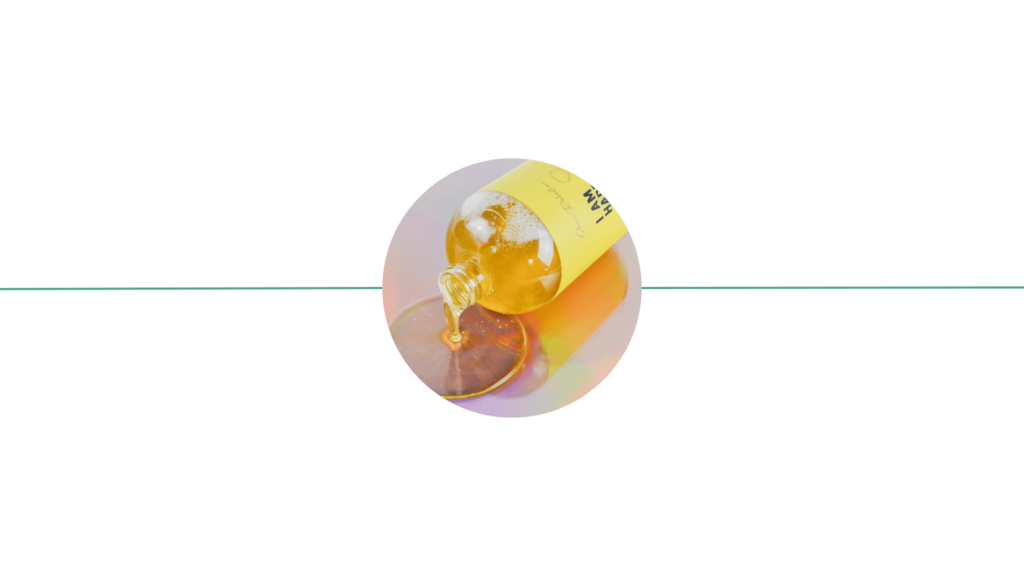- Clean Beauty
What’s the Process Involved in Making Castile Soap?

Wondering what the process for making Castile soap is? You’ve come to the right place. In this article, we’re going to look at the ingredients and process used to create this soap that’s stood the test of time. Because it really has.
Did you know that Castile soap ranks among the oldest known soaps ever?
It’s true.
And its popularity isn’t going anywhere. Why? Because it’s versatile, inexpensive, gentle on the skin, and eco-friendly.
Wondering where the name comes from? The region of Castile, Spain, where olive oil is found in abundance – because olive oil was used as the main ingredient in the original Castile soaps.
And honestly? Here’s an insider tip: If you’re looking for the best Castile soap, make sure olive oil features prominently in the ingredient list. Like ours.
Okay, now let’s take a look at how Castile soap is made.
Basic Castile soap ingredients
Making liquid Castile soap is an easy process, referred to as saponification – which means soap making (the word ‘sapo’ is soap in Latin).
So, saponification is the process of combining base oils (ideally, olive oil) with an alkali. This creates a chemical reaction that yields liquid soap. Pretty cool, right?
The main ingredients of Castile soap are plant oils, potassium hydroxide (an alkaline solution, also called lye), and distilled water.
At Clean Rebellion, we only use organic ingredients in our soap which we put through a thorough saponification and purification process to create a lush, natural soap that’s actually good for you.
But what’s the actual soap-making process like? That’s what we’ll look at next.
Making Castile soap: The saponification process
Olive oil comprises long-chain fatty acids that create a moisturizing, gentle lather for your skin. That’s why we only use organic olive oil in our Clean Rebellion soaps!
Some companies use an oil like coconut in their soap. But you know what? It turns out that the saponification process transforms coconut oil into a tough cleanser that isn’t well suited for your skin.
So, we do things differently to make sure you’re getting the right kind of soap. Because even though Castile soap has a million uses, your dishes don’t need the same care as your skin does.
Okay, let’s get into the saponification process! Making olive oil-based Castile soap is simple, but it must be done correctly to create a high-quality, effective final result.
We’re passionate about making Castile soap, and some might even call us “soap nerds.” Want to nerd out with us? Here are the steps that go into the Castile soap-making process:
- As the chosen oil is heated, potassium hydroxide (also known as lye) is carefully combined with water until dissolved. (Note: Be careful with hot substances if you try to make DIY soap at home).
- The water-alkali mixture is then heated into the melted oil and blended until creamy and thick. Blending continues until the right consistency is achieved.
- The mixture then sits for a few hours but should be stirred every 30 minutes so it cooks evenly and starts becoming translucent.
- Once it’s a translucent gel, the soap is tested for clarity. If it’s cloudy, it’s cooked longer until clarity is achieved.
- Once it remains translucent, it’s diluted with hot, distilled water until well combined.
- The mixture is then left to liquefy for 10-12 hours at room temperature before being transferred to its bottle.
Bottom line
So, there you have it! That’s the process involved in making Castile soap.
At Clean Rebellion, our soaps are extra special. Why? Because in addition to the great ingredients inside every bottle, we’ve added affirmations on every label to add a boost of positivity to your daily routine. So go ahead, treat yourself.



